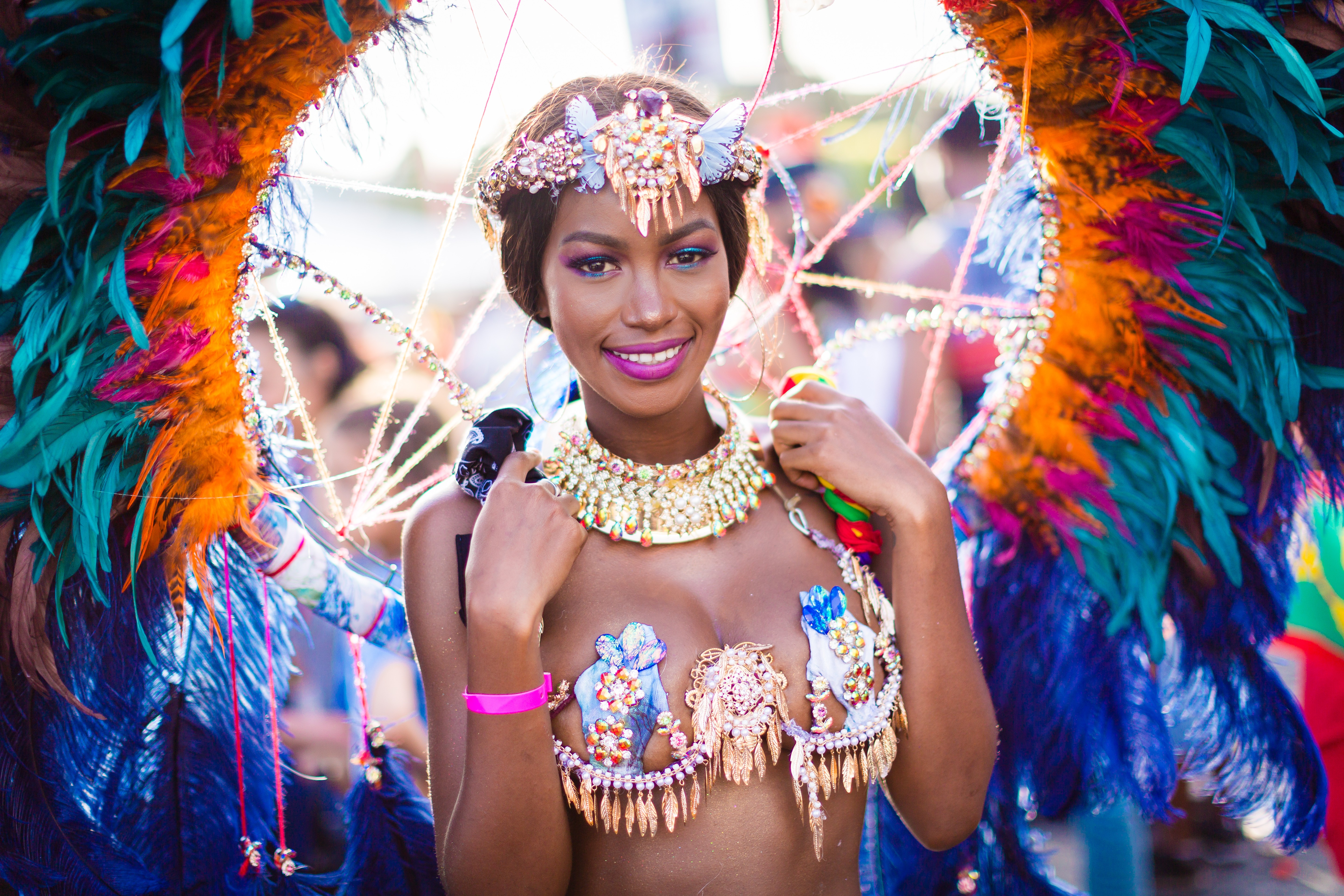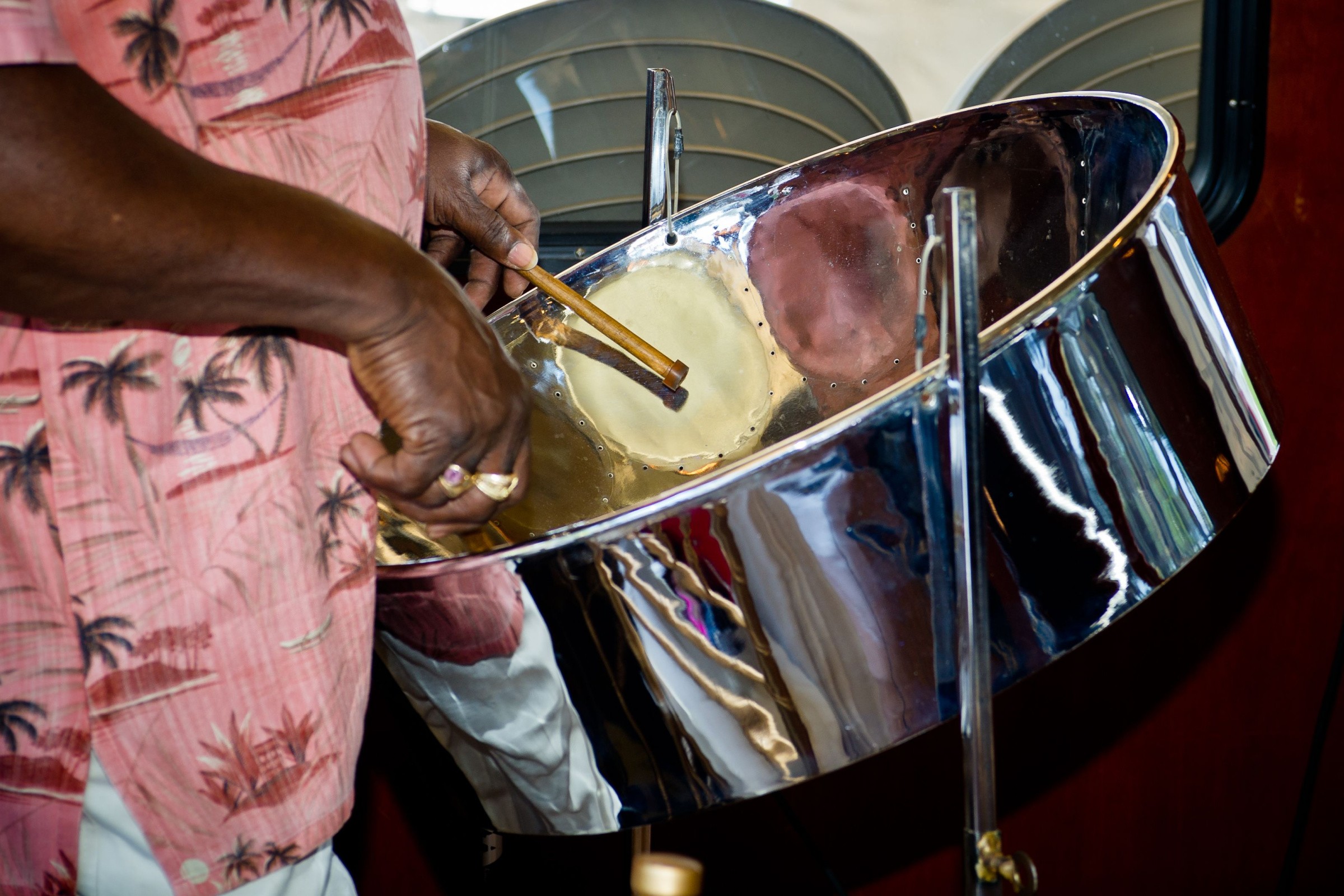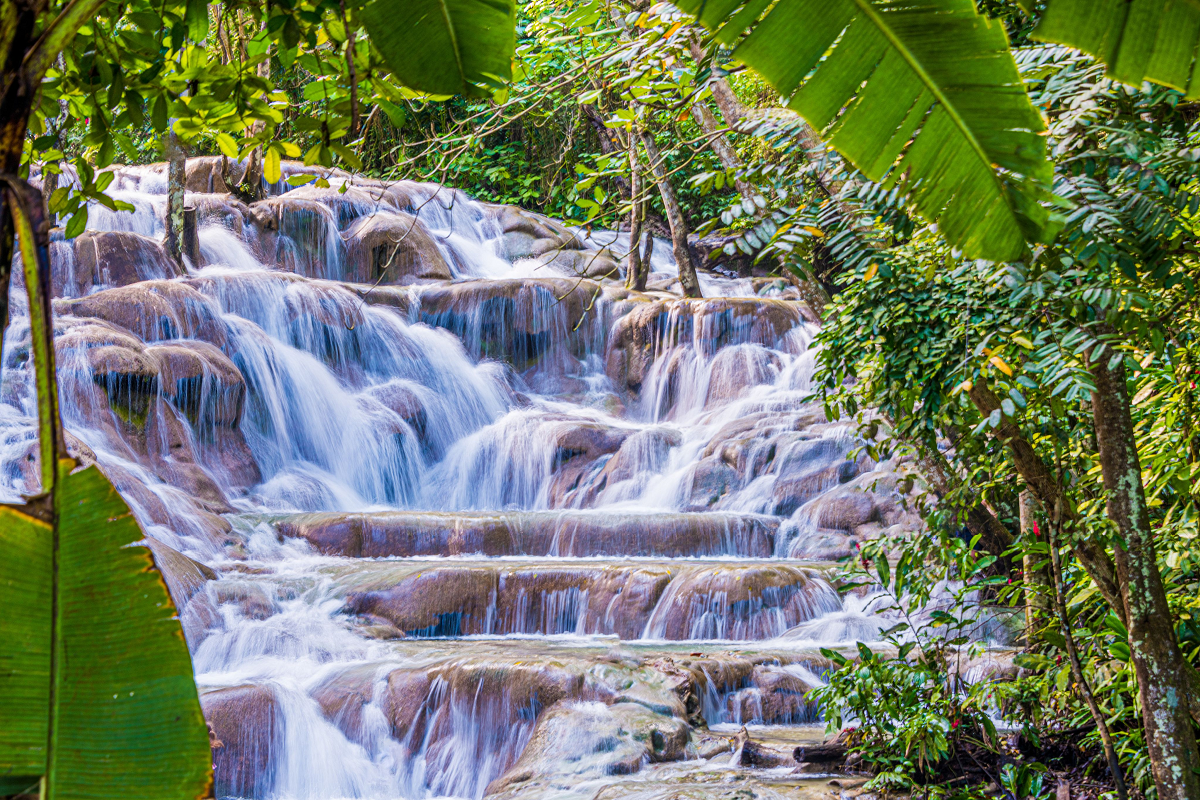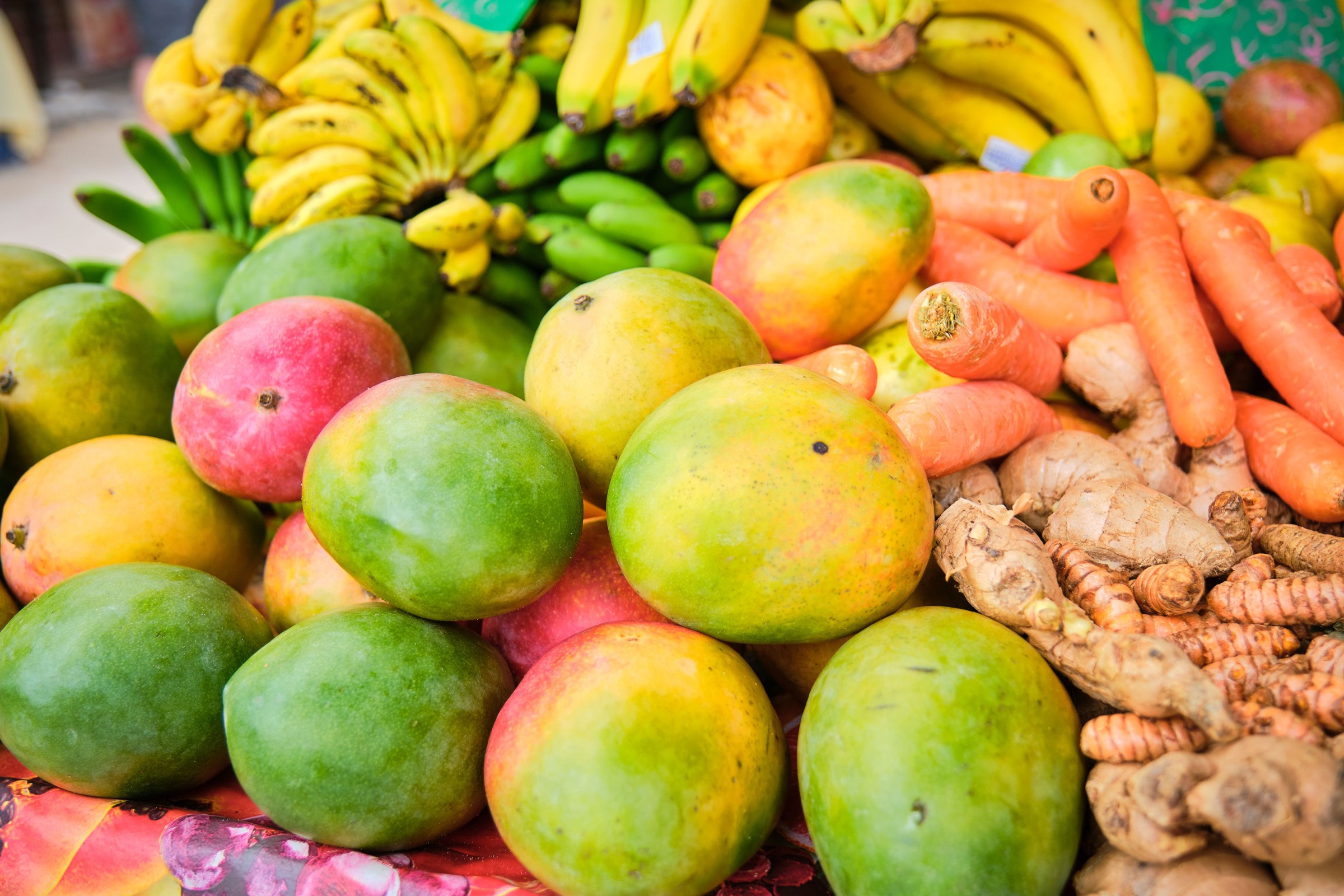General Overview:
The Caribbean is formed by four different island groups based on their general location. These are:
- The Windward Islands – Trinidad & Tobago, St. Vincent & The Grenadines, St. Lucia, Martinique, Grenada, Dominica, and Barbados.
- The Greater Antilles – Puerto Rico, Jamaica, Dominican Republic, Haiti, Cuba, and the Cayman Islands.
- The Leeward Antilles – Aruba, Bonaire, and Curacao (also referred to as ABC Islands).
- The Leeward Islands – Τhe U.S. Virgin Islands, St. Kitts & Nevis, St. Barthelemy, St. Eustatius, Saba, St. Martin, Montserrat, Guadeloupe, British Virgin Islands, Antigua & Barbuda, and Anguilla.
Weather
The Caribbean temperatures range from around 28oC (83oF) in the winter to nearly 32oC (89oF) in the summer. Some of the coolest daytime temperatures in the wintertime are noticed in Turks & Caicos, Puerto Punta, The Bahamas, Punta Cana, and Roatan, with averages around 27oC (80oF), while the hottest destinations with daytime temperatures flirting with the low 30s Celsius (low 90s Fahrenheit) in the summer are St. Thomas, Grand Cayman, Curacao, Cancun, Aruba, and Cozumel islands.
Fun Facts About the Caribbean
- Not all Caribbean destinations are actually located in the Caribbean Sea, such as the Bahamas. Also, three Caribbean islands are part of the EU (European Union), namely St. Martin, Martinique, and Guadeloupe, which are French overseas territories. The Turks & Caicos, as well as the Bahamas, are technically not part of the West Indies as they don't border the Caribbean Sea (they sit in the Lucayan Archipelago). However, they are all considered Caribbean destinations!
- There are 17 dependent territories and 13 sovereign states in the Caribbean.
- There are almost 50% more businesses in the Cayman Islands than people, due to its reputation for tax benefits and its proximity to the US.
- The Caribbean got its name from the indigenous Carib tribes that lived on the islands way before the Europeans colonised them. These tribes migrated from South America and were said to be fierce sea-raiders and warriors.
- Most brands of rum are found in Cuba (11 in total), rather than any other Caribbean destination. In total, 71 rum brands are produced in Caribbean distilleries.
- The Caribbean region is home to 22 UNESCO World Heritage Sites at the moment of this writing, including the Morne Trois Pitons National Park (Dominica), Blue and John Crow Mountains (Jamaica), Nelson’s Dockyard (Antigua), and Brimstone Hill Fortress National Park (St. Kitts).
- More than 75% of the population in the Caribbean lives in Cuba, Haiti, and the Dominican Republic (out of the 7,000 islands that make up the Caribbean region).
- Only 2% of the Caribbean islands are actually inhabited.
- There are 19 live volcanoes in the Caribbean, with Soufriere Hills in Montserrat being one of the most active ones on earth. Dominica, Grenada, and St. Lucia also have four active volcanoes each.
Spoken Languages in the Caribbean
English is the official language in most Caribbean destinations due to the British colonial past. However, a 2001 census has shown that more than 60% of the locals actually speak Spanish as their first language. However, English is widely spoken. That being said, the majority of islanders speak Creole, a native language that is the outcome of blending multiple languages. For example, you will hear French Creole in Martinique and Guadeloupe, which is a mix of West Indian, African, and French languages.
The Caribbean Pink and Black Beaches
Expect pure white, but also pink and black-sand shores in the Caribbean. Pink beaches get their tint from microscopic pieces of shells and corals left by tiny pink and red-shelled organisms that live in the coral reefs. Some of the islands with pink sand are Pink Sands Beach (Harbour Island), Horseshoe Bay Beach (Bermuda), Crane Beach (Barbados), and French Leave Beach (Eleuthera). As for the black volcanic sand beaches (formed by volcanic activity), you will find them on islands with volcanoes, such as Montserrat (Woodlands Beach), Saba (Well’s Beach), Dominica (Rosalie Beach), St. Vincent (Black Point Beach), Martinique (St. Pier), and Grenada (Black Bay).
Beyond the Beaches
Besides basking in the sun and enjoying your time by the beach, there are lots more to do in the Caribbean, such as ziplining, hiking, kayaking, rafting, bird-watching, whale-watching, mountain climbing, and more. This makes sense considering the mountainous regions, rainforests, waterfalls, rivers, and jungles that make up the Caribbean topography. So, you could be on the beach one minute, and out in the jungle the next! Other than that, you can explore Mayan ruins sitting in the heart of forests, see exotic wildlife (the Caribbean is home to hundreds of indigenous animals and birds, including the smallest lizard in the world), and admire a profoundly rich aquatic cosmos.
Local Cuisine
You will find plenty of fresh fish and seafood dishes across the Caribbean destinations, especially cod, lobster, crab, saltfish, and mahi-mahi, along with meat and chicken options, such as jerk chicken and goat water, which is actually a goat stew that is spiced with local spices and a touch of rum. It is also the national dish of Montserrat.
Speaking of spicy food, the locals like their plates to give them a piquant flavour. No wonder one of the world’s hottest peppers is grown in Trinidad & Tobago! We are talking about the Trinidad Moruga Scorpion Chilli Pepper that held the reigns as the spiciest on earth until 2012. Then, it was dethroned by Carolina Reaper in 2013. In addition, the local Scotch Bonnet Pepper is also hot and a main ingredient in many Caribbean dishes, which are also infused with tastes from local vegetables and fruit.
Carnivals and Parades in the Caribbean
The Carnival season is a big deal in the Caribbean and a serious business, which is celebrated with glorious parades, live, loud music in the streets, vibrant, intricately-designed costumes, colourful floats, and invigorating dance moves, displaying the rich Caribbean culture and folklore. Each country has its own set of festivals and carnivals (counting hundreds of events year-round) that can last up to several months! Of course, music is a huge component of these parades, especially reggae and steelpan bands.
General Overview:
The Caribbean is formed by four different island groups based on their general location. These are:
- The Windward Islands – Trinidad & Tobago, St. Vincent & The Grenadines, St. Lucia, Martinique, Grenada, Dominica, and Barbados.
- The Greater Antilles – Puerto Rico, Jamaica, Dominican Republic, Haiti, Cuba, and the Cayman Islands.
- The Leeward Antilles – Aruba, Bonaire, and Curacao (also referred to as ABC Islands).
- The Leeward Islands – Τhe U.S. Virgin Islands, St. Kitts & Nevis, St. Barthelemy, St. Eustatius, Saba, St. Martin, Montserrat, Guadeloupe, British Virgin Islands, Antigua & Barbuda, and Anguilla.
Weather
The Caribbean temperatures range from around 28oC (83oF) in the winter to nearly 32oC (89oF) in the summer. Some of the coolest daytime temperatures in the wintertime are noticed in Turks & Caicos, Puerto Punta, The Bahamas, Punta Cana, and Roatan, with averages around 27oC (80oF), while the hottest destinations with daytime temperatures flirting with the low 30s Celsius (low 90s Fahrenheit) in the summer are St. Thomas, Grand Cayman, Curacao, Cancun, Aruba, and Cozumel islands.
Fun Facts About the Caribbean
- Not all Caribbean destinations are actually located in the Caribbean Sea, such as the Bahamas. Also, three Caribbean islands are part of the EU (European Union), namely St. Martin, Martinique, and Guadeloupe, which are French overseas territories. The Turks & Caicos, as well as the Bahamas, are technically not part of the West Indies as they don't border the Caribbean Sea (they sit in the Lucayan Archipelago). However, they are all considered Caribbean destinations!
- There are 17 dependent territories and 13 sovereign states in the Caribbean.
- There are almost 50% more businesses in the Cayman Islands than people, due to its reputation for tax benefits and its proximity to the US.
- The Caribbean got its name from the indigenous Carib tribes that lived on the islands way before the Europeans colonised them. These tribes migrated from South America and were said to be fierce sea-raiders and warriors.
- Most brands of rum are found in Cuba (11 in total), rather than any other Caribbean destination. In total, 71 rum brands are produced in Caribbean distilleries.
- The Caribbean region is home to 22 UNESCO World Heritage Sites at the moment of this writing, including the Morne Trois Pitons National Park (Dominica), Blue and John Crow Mountains (Jamaica), Nelson’s Dockyard (Antigua), and Brimstone Hill Fortress National Park (St. Kitts).
- More than 75% of the population in the Caribbean lives in Cuba, Haiti, and the Dominican Republic (out of the 7,000 islands that make up the Caribbean region).
- Only 2% of the Caribbean islands are actually inhabited.
- There are 19 live volcanoes in the Caribbean, with Soufriere Hills in Montserrat being one of the most active ones on earth. Dominica, Grenada, and St. Lucia also have four active volcanoes each.
Spoken Languages in the Caribbean
English is the official language in most Caribbean destinations due to the British colonial past. However, a 2001 census has shown that more than 60% of the locals actually speak Spanish as their first language. However, English is widely spoken. That being said, the majority of islanders speak Creole, a native language that is the outcome of blending multiple languages. For example, you will hear French Creole in Martinique and Guadeloupe, which is a mix of West Indian, African, and French languages.
The Caribbean Pink and Black Beaches
Expect pure white, but also pink and black-sand shores in the Caribbean. Pink beaches get their tint from microscopic pieces of shells and corals left by tiny pink and red-shelled organisms that live in the coral reefs. Some of the islands with pink sand are Pink Sands Beach (Harbour Island), Horseshoe Bay Beach (Bermuda), Crane Beach (Barbados), and French Leave Beach (Eleuthera). As for the black volcanic sand beaches (formed by volcanic activity), you will find them on islands with volcanoes, such as Montserrat (Woodlands Beach), Saba (Well’s Beach), Dominica (Rosalie Beach), St. Vincent (Black Point Beach), Martinique (St. Pier), and Grenada (Black Bay).
Beyond the Beaches
Besides basking in the sun and enjoying your time by the beach, there are lots more to do in the Caribbean, such as ziplining, hiking, kayaking, rafting, bird-watching, whale-watching, mountain climbing, and more. This makes sense considering the mountainous regions, rainforests, waterfalls, rivers, and jungles that make up the Caribbean topography. So, you could be on the beach one minute, and out in the jungle the next! Other than that, you can explore Mayan ruins sitting in the heart of forests, see exotic wildlife (the Caribbean is home to hundreds of indigenous animals and birds, including the smallest lizard in the world), and admire a profoundly rich aquatic cosmos.
Local Cuisine
You will find plenty of fresh fish and seafood dishes across the Caribbean destinations, especially cod, lobster, crab, saltfish, and mahi-mahi, along with meat and chicken options, such as jerk chicken and goat water, which is actually a goat stew that is spiced with local spices and a touch of rum. It is also the national dish of Montserrat.
Speaking of spicy food, the locals like their plates to give them a piquant flavour. No wonder one of the world’s hottest peppers is grown in Trinidad & Tobago! We are talking about the Trinidad Moruga Scorpion Chilli Pepper that held the reigns as the spiciest on earth until 2012. Then, it was dethroned by Carolina Reaper in 2013. In addition, the local Scotch Bonnet Pepper is also hot and a main ingredient in many Caribbean dishes, which are also infused with tastes from local vegetables and fruit.
Carnivals and Parades in the Caribbean
The Carnival season is a big deal in the Caribbean and a serious business, which is celebrated with glorious parades, live, loud music in the streets, vibrant, intricately-designed costumes, colourful floats, and invigorating dance moves, displaying the rich Caribbean culture and folklore. Each country has its own set of festivals and carnivals (counting hundreds of events year-round) that can last up to several months! Of course, music is a huge component of these parades, especially reggae and steelpan bands.














